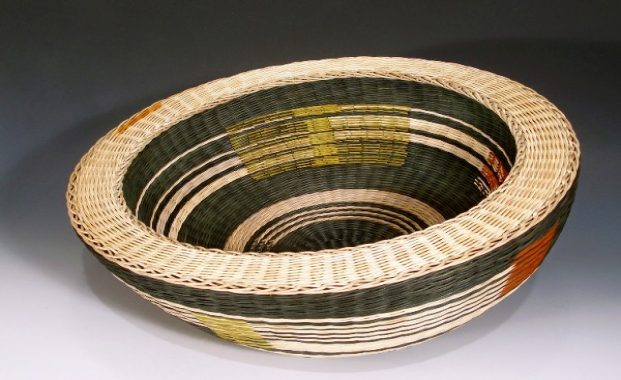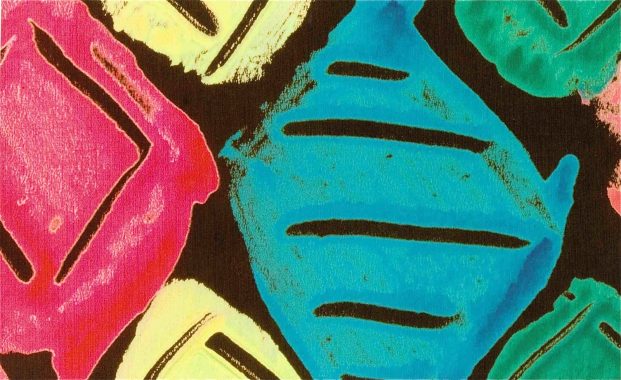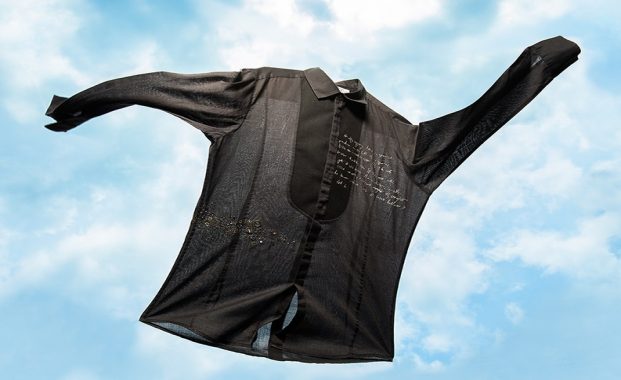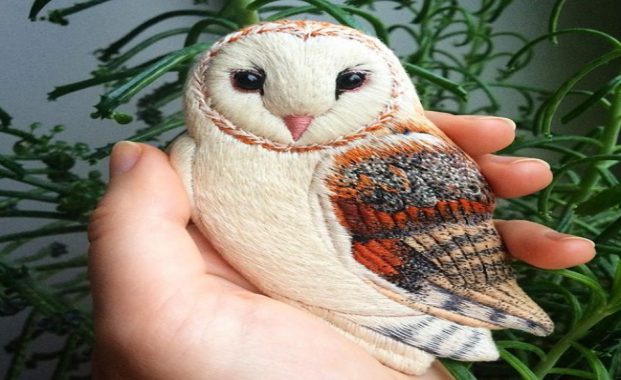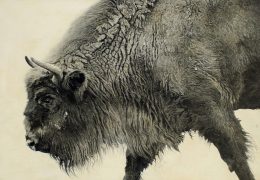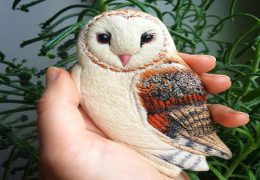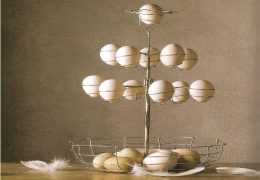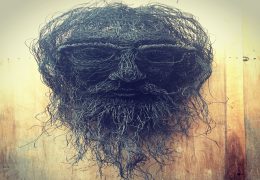Contemporary basketry
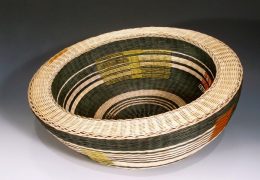
Making a basket is probably the oldest weaving method that goes back thousands of years. Young branches and strong grasses were used to make small handy baskets for hunting, fishing, carrying, and storing items. Weaving baskets was a quick way to produce the tool when needed and with materials available nearby. Over the centuries, making process and materials became more sophisticated and designs more intricate.
Fabrics for Fashion: Part 1
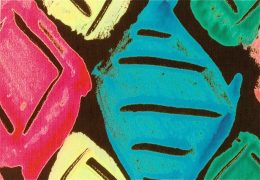
Without fabric there would be no fashion. Whether woven, knitted, printed, embroidered or bejewelled, textiles are crucial to the eloquence of apparel and fundamental to the fashion design process. We are presenting very few textile designers who work mostly in the fashion industry. Their designs can be seen on the catwalks of all major worldwide fashion shows and fashion showrooms.
Vicky White: Art, science and love for animals
Rosalind Wyatt: Text and Textile
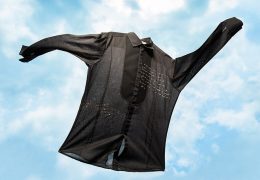
The versatility of textiles and the wide spectrum of usage of fabrics and threads are enormous. Rosalind Wyatt, London based visual artist and calligrapher is well aware of it and use it in her creative work to put two seemingly incomparable things together: text and textiles. And it works very well.
Sea Style
Decorative kitchen tiles
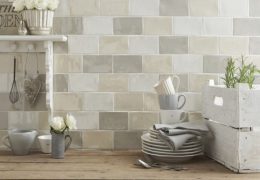
Apart from their decorative function, washability and sturdiness are qualities which make kitchen tiles so suited not only to kitchens, but for other useful rooms like larders, utility rooms, mudrooms and laundries. In addition, the coldness of glazed and unglazed ceramic tiles helps keep worktops cool, ideal for bread and pastry making.
Directors’ Chairs
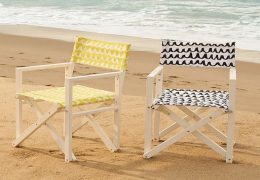
Apart from all the great movies made there, Hollywood is also responsible for the fame of one of the truly great chairs of all time, the directors’ chair. A design classic, it is light, portable, and remarkably comfortable. The design goes back to coffer-makers’ chairs of the 15th century and eventually to the Roman curule chair.
